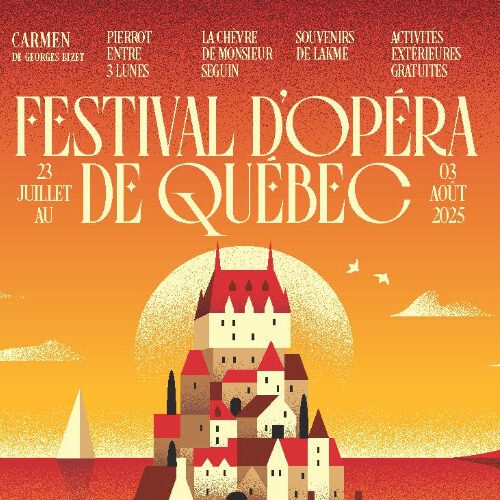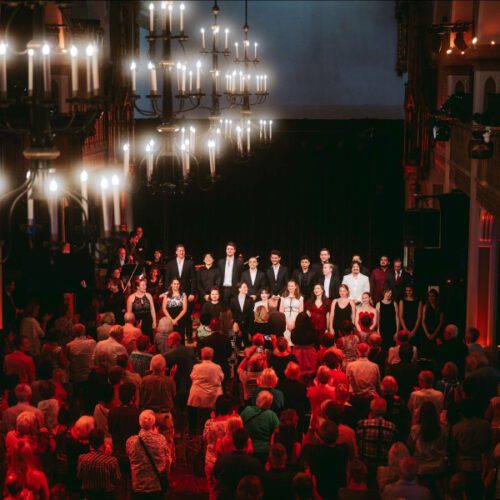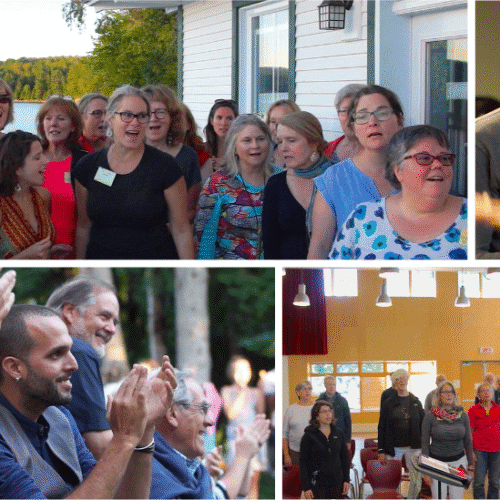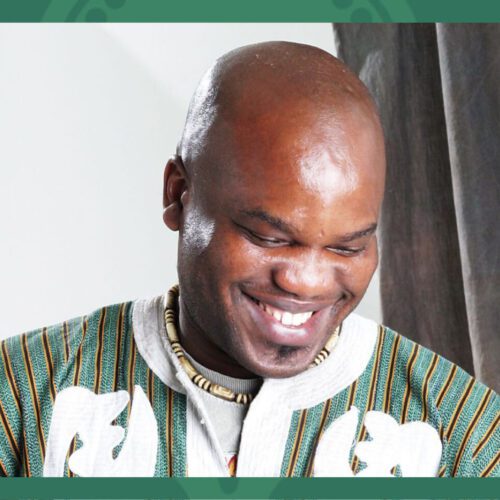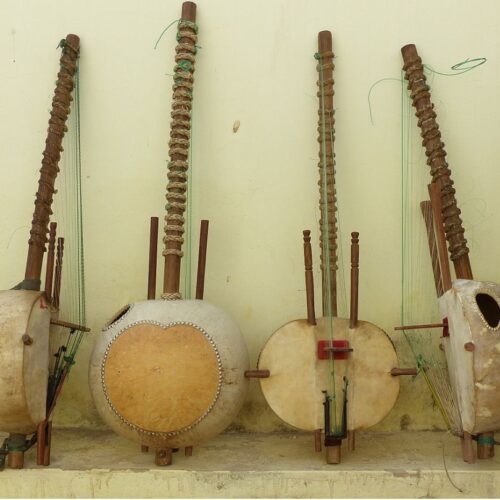Additional Information
With Obsession, violinist Marie Nadeau-Tremblay presents a spellbinding new album in which repetition, variation and obsessive intensity serve as common threads. In this interview with PAN M 360, she talks about the genesis of the project and the recording process. Her playing, assertive, modern and highly sensitive, comes into its own on this album entirely in minor keys. Recorded by ATMA Classique in Mirabel’s Saint-Augustin church, the album’s sound quality is impressive, highlighting the variations in texture and the warmth of the violin.
PAN M 360: How does the title of your album, Obsession, relate to this one?
Marie Nadeau-Tremblay: The Cambridge English Dictionary defines obsession as “something or someone that you think about all the time”. Merriam Webster suggests something different: “a persistent disturbing preoccupation with an often unreasonable idea or feeling”. The Larousse, for its part, defines obsession as “a repetitive and threatening idea, imposing itself incoercibly on the subject’s consciousness, although the subject recognizes its irrational nature”.
It’s probably this more exhaustive definition that best sums up the theme of this album, if it’s even possible to condense everything under a single theme. These pieces have much in common. Each has obsessive characteristics: a theme and its variations [“La Furstemberg”, La Folia, Une jeune fillette], a repeated basso continuo line [the Buxtehude and Biber pieces], or a haunting rondo theme that returns again and again in a haunting fashion [Francœur].
The choice of keys is equally limited, with each composition written in D, G or A minor. That said, I have nothing against major keys: many of my favorite works feature these keys, which I believe are capable of expressing infinitely more complex emotions than minor keys, which are naturally more direct and unambivalent. Take, for example, the “Kyrie” from Mozart’s Mass in C minor, one of the greatest musical works ever written, in my opinion. The decidedly ominous, mournful and funereal tone of the opening theme, the slow march of the strings and the entrance of the choir arriving like an inexorable divine judgment leave no room for ambiguity. These are dark musical lines, among the darkest ever written. Why, then, is it only at the arrival of a major theme carried by the solo soprano, in the 34th bar, that an incredibly powerful emotion overwhelms the listener, so complex that it’s almost impossible to put it into words? I can only think of an oxymoron like “luminous sorrow” to describe it. Such is the power of major keys. This album, however, is completely devoid of them, apart from nine brief bars in E flat major in the Lento of Buxtehude’s Trio Sonata, BuxWV 261. There was something about the homogeneity of an album made up entirely of minor-key compositions that captivated me, not least because the album is about obsession, about being locked into looped repetition. I wanted a trance-like effect to emerge from the works as a whole. I hope the story I’ve tried to weave is convincing.
I have certain traits of an obsessive personality, and this album, designed according to my tastes and inclinations, is a reflection of that. As a child, I loved erasers so much that, by the age of ten, I had made over 200 little characters out of erasers and staples, each with its own name tag. As a teenager, I loved olives so much that my parents gave me some for Easter instead of the traditional chocolate. For my 17th birthday, my classmates made me an “olive cake”, a pile of olives topped with icing. This year, I can’t tell you how many times I’ve listened to Glenn Gould’s recording of the Goldberg Variations (1981), certainly hundreds of times. All my life, I’ve been fascinated by insects, to the point of freely sharing my home with free-roaming praying mantises and other creatures. I’ve always been like that. While this may be problematic in some respects, it’s a characteristic that can undoubtedly be put to good use in the making of a finished artistic product. At least, that’s what I’ve tried to achieve with this album.
(Answer taken from the album booklet).
PAN M 360: How did you go about selecting the pieces for this album? Are there any works that you particularly enjoyed rediscovering?
Marie Nadeau-Tremblay: I always choose repertoire that I like and that I want to listen to and play. I also choose pieces for which there isn’t already a recording that I like enough that I don’t think I could produce one that I like better. (I’m not saying that my version is “better”, because, fortunately, that concept means nothing in music. It’s just that, personally, I prefer my interpretation. And it doesn’t always succeed, but at least that’s my ambition).
PAN M 360: For this project, you are surrounded by exceptional musicians, including Mélisande Corriveau, Eric Milnes and Kerry Bursey. How did you go about choosing the performers?
Marie Nadeau-Tremblay: I’ve known and collaborated with these musicians for several years. So we know each other well musically, and I knew that their exceptional playing and vision would be major assets for this repertoire.
PAN M 360: Can you tell us about the recording process? Where and how was the album recorded?
Marie Nadeau-Tremblay: It was recorded by ATMA Classique at Mirabel’s Saint-Augustin church, an ATMA favorite. As is the norm with this kind of project, we had 3 days to record everything. After that, there was a long waiting period of a year and a half before the album came out, during which time I was impatiently waiting to hear the result. In the end, I’m happy. This album represents who I was when I recorded it.
PAN M 360: Do you have a particular approach to sound or acoustics?
Marie Nadeau-Tremblay: Yes. I’m looking for a luminous velvet sound.
PAN M 360: You produced a music video for La Foliade Michel Farinel. Do you have any other similar projects in the works, or any upcoming opportunities where we can hear the Obsession album?
Marie Nadeau-Tremblay: The album is on all listening platforms. We had a very nice launch on October 25, 2024 in Tokyo, Japan. I’ve just come back from a tour with the Jeunesses musicales with Kerry Bursey, in which we played a few pieces from the album, with our colleague Tristan Best on viol. More projects to come.
Photo Credit: William Kraushaar





